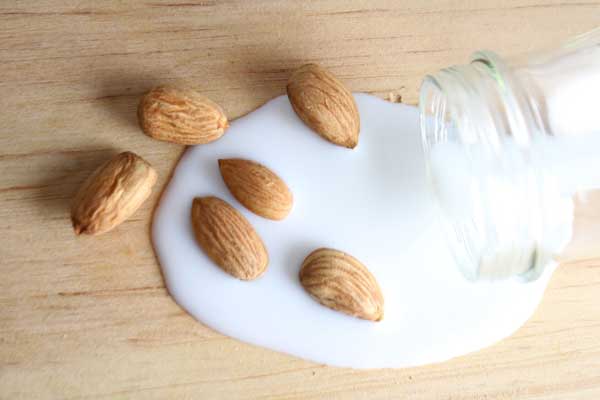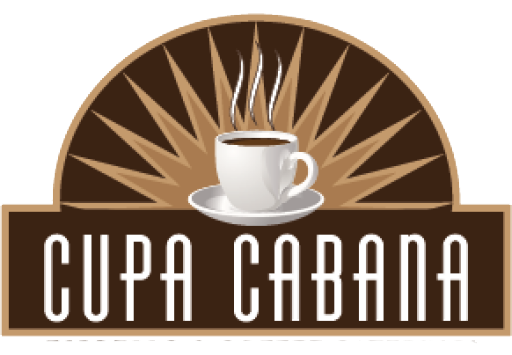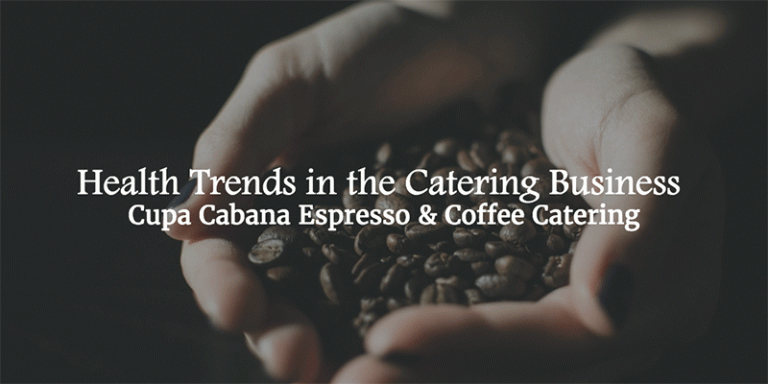Coffee and espresso are beloved by many, but dietary restrictions and preferences can make it challenging to cater to everyone’s needs. As a coffee and espresso caterer, it’s important to be mindful of these dietary needs and offer menu options that cater to a wide range of tastes and requirements. In this article, we’ll explore some tips and strategies for catering to different dietary needs with your espresso and coffee menu.
- Identify Common Dietary Restrictions
The first step in catering to different dietary needs is to identify common dietary restrictions. Some of the most common dietary restrictions include:
- Gluten-free
- Dairy-free or lactose intolerant
- Vegan or vegetarian
- Nut-free
- Paleo or keto
Once you have a clear understanding of the dietary restrictions of your guests, you can begin to create a menu that caters to their needs.

- Offer Non-Dairy Milk Alternatives
One of the most common dietary restrictions is dairy intolerance or avoidance. Fortunately, there are many non-dairy milk alternatives available that can be used in coffee and espresso drinks. Some popular non-dairy milk alternatives include almond milk, soy milk, coconut milk, and oat milk. Make sure to have a variety of non-dairy milk options available for your guests.
- Create Vegan and Vegetarian Options
For guests who are vegan or vegetarian, it’s important to have options that don’t contain animal products. This can include plant-based milk alternatives, as well as vegan-friendly syrups and sweeteners. You can also offer vegan snacks or treats, such as vegan cookies or energy bites.
- Offer Gluten-Free Options
For guests who are gluten-free, it’s important to have options that are free of gluten-containing ingredients. This can include gluten-free pastries or baked goods, as well as gluten-free bread for toast or sandwiches. Make sure to clearly label all gluten-free options and keep them separate from other menu items to prevent cross-contamination.

- Provide Nut-Free Options
For guests with nut allergies or sensitivities, it’s important to offer options that are free of nuts or tree nuts. This can include nut-free milk alternatives, as well as nut-free syrups and sweeteners. Make sure to also avoid using nut-containing equipment or utensils when preparing these menu items.
- Consider Paleo and Keto Options
For guests who follow a paleo or keto diet, it’s important to offer options that align with their dietary preferences. This can include paleo-friendly snacks or treats, as well as keto-friendly sweeteners like stevia or monk fruit extract.
- Clearly Label Menu Items
No matter what dietary needs you’re catering to, it’s important to clearly label all menu items. Make sure to clearly list all ingredients and note any potential allergens or dietary restrictions. This can help guests make informed choices and avoid any potential issues.
In conclusion, catering to different dietary needs can be challenging, but it’s important to be mindful of your guests’ needs and preferences. By offering a variety of non-dairy milk alternatives, vegan and vegetarian options, gluten-free options, nut-free options, paleo and keto options, and clearly labeling all menu items, you can create a coffee and espresso menu that caters to everyone’s needs.




